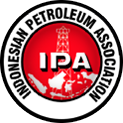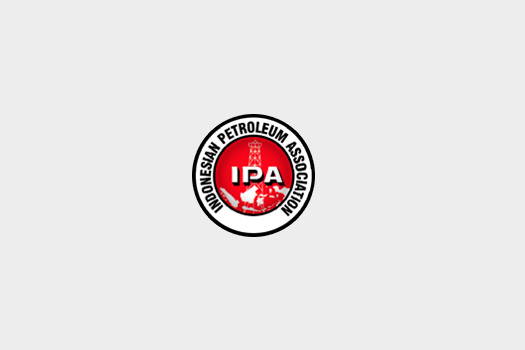Government Forms Special Exploration Team for Western Indonesia to Tap Giant Oil and Gas Potential
TANGERANG – The recent discovery of gas resources in the western part of Indonesia, specifically in South Andaman, has renewed hopes for the oil and gas potential in the region. This development has attracted serious attention from policymakers and investors in western Indonesia.
Nanang Abdul Manaf, Advisor to the Head of the Special Task Force for Upstream Oil and Gas Business Activities (SKK Migas), stated that the government is paying serious attention to the oil and gas potential in western Indonesia by forming a special exploration team. This team conducts studies to prepare actionable data for contractors.
"We know that western Indonesia has been studied by many companies. What's new? The difference in our study is that it is currently supported directly by the minister. After several years, we can see the difference. It seems that many promising discoveries have been made. Several companies are also continuing to invest. We use extensive data, access data from companies, the Lemigas geological body, and integrated data. We provide not only technical but also terms and conditions," explained Nanang during Special Session 2: Unveiling Opportunities: Insight From Recent Studies in the Western Indonesia Basin at IPA Convex 2024, ICE BSD, Tangerang, on Thursday (16/5).
Based on data from the government-formed exploration team, there are three basins focused on development: the North Sumatra Basin, the South Sumatra Basin, and the North Java Basin.
In the North Sumatra Basin, for example, 500 million barrels of oil equivalent (MMBOE) of resources have been discovered, with more than 50 findings yet to be developed. In the South Sumatra Basin, despite the basin's maturity, there are still 350 reserve findings. Additionally, 11.4 billion BOE have been identified but require further exploration. The North East Java Basin has identified over 9.9 billion barrels of oil equivalent (BBOE) ready for discovery, located in six sub-basins. "The latest is Tangkulo-1, discovered by Mubadala, proving significant potential in the area," said Nanang.
Ariana Soemanto, Director of Upstream Oil and Gas Program Development at the Ministry of Energy and Mineral Resources (ESDM), explained the government's optimism about developing western Indonesia, reflected in the signing of oil and gas block contracts since 2021, with a total investment commitment for exploration reaching USD 16 trillion. Of the 21 blocks whose contracts have been signed, 20 are located in western Indonesia. "This has happened since more attractive contract terms and conditions were implemented," she said.
From 2024 to 2026, the government plans to identify 27 areas to offer to investors. "Of the 27 candidate areas to be offered, 53% are located in western Indonesia," revealed Ariana.
The government has also prepared improvements to the gross split production-sharing contracts. The new gross split is expected to be much simpler than the current one, giving investors options to choose the best contract scheme that suits the economics. "Currently, the final draft has been sent to SKK Migas, and after that, we will proceed to the Ministry of Law and Human Rights," said Ariana.
Adnan Omar Bu Fateem, VP Operations Technical at Mubadala Energy, highlighted the significant potential in western Indonesia based on discoveries made by Mubadala Energy. There have been three giant discoveries by Mubadala in the past five years in the Andaman II block: the Timpan I field in 2022 with estimated reserves of 2 TCF, the South Andaman Layaran I field discovered in 2023 with estimated reserves of 6.5 TCF, and the most recent Tangkulo I with total estimated reserves reaching 2 TCF," said Adnan.
END

